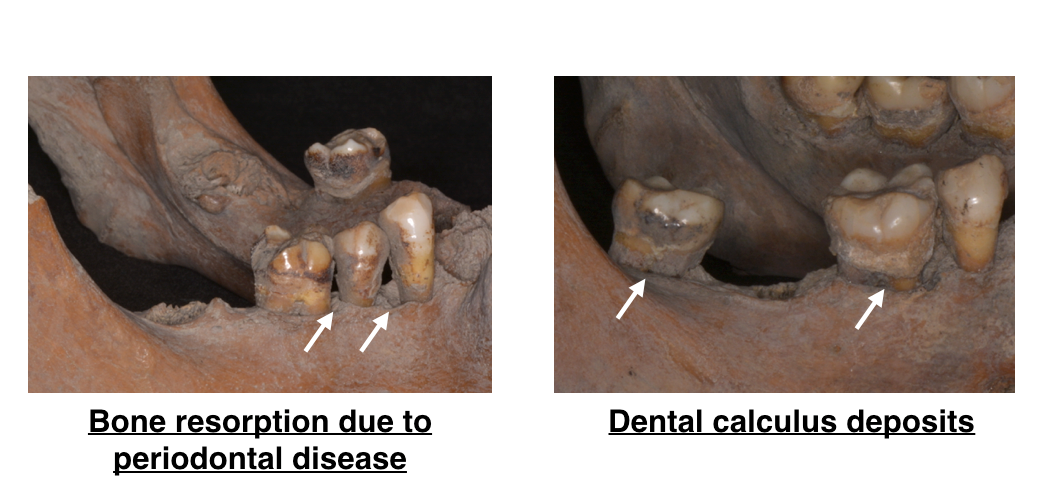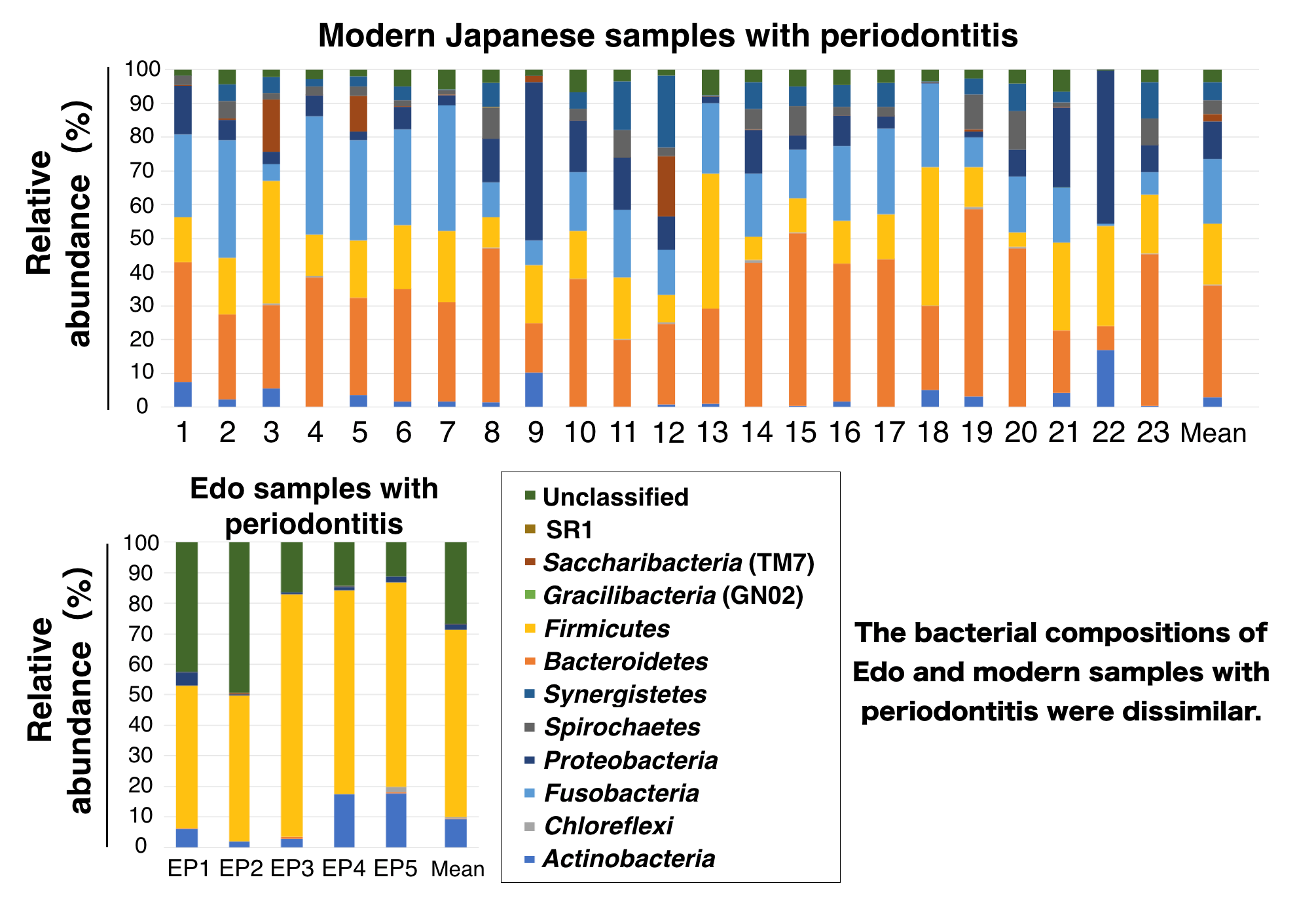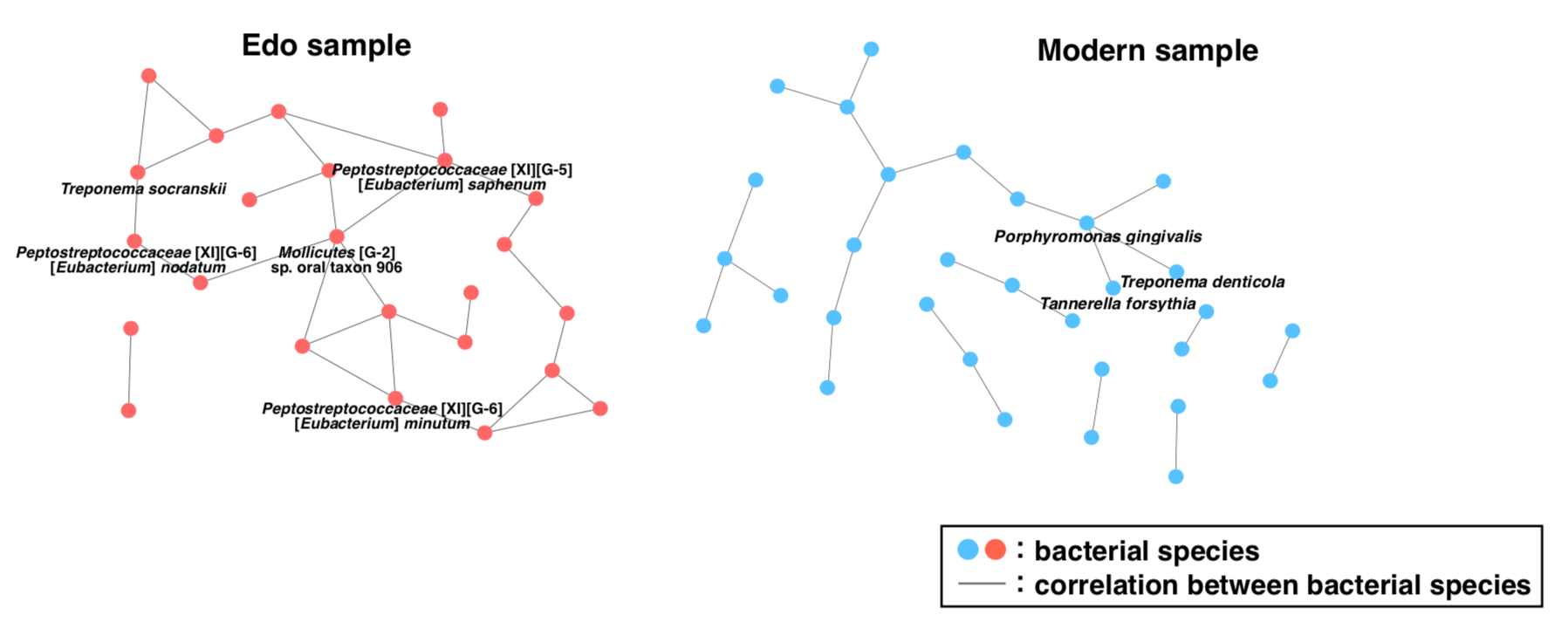Drilling into the Dental Secrets of Edo-era Japanese Bacterial Genomes
Gum disease may have been caused by different bacteria in Japan’s Edo era, although it may have been just as common as it is today, according to new research from Tokyo Medical and Dental University (TMDU)
Tokyo, Japan – Your teeth are like tiny time capsules—they have the potential to provide a wealth of information to scientists centuries in the future. For example, if you allow your plaque to harden into dental calculus (also known as tartar), it could preserve the genetic material of your oral microbiome: the bacteria that call your mouth home.
In a new study published in Frontiers in Cellular and Infection Microbiology, a research team from Tokyo Medical and Dental University (TMDU) investigated the teeth of 12 human skeletons from Edo-era Japan (1603–1867), collected in 1955 from a former graveyard in Tokyo.
The goals of this study were to identify signs of periodontitis (commonly called gum disease) in these ancient skeletons, analyze the bacterial genomes preserved in the dental calculus, and compare the Edo-era oral microbiomes to their equivalents in modern samples.
To investigate relationships between the identified bacteria and periodontitis, the researchers developed a new method to diagnose periodontal disease in ancient skeletons. Study first author Takahiko Shiba explains, “Previously, teeth would need to be extracted from the jawbone to determine the root length and quantify bone loss as an indicator of periodontal disease. However, with advancements in micro-computed tomography technology, we were able to accurately quantify bone loss without removing teeth from the skeletons.”
Unexpectedly, the researchers detected periodontal disease in 5 of the 12 Edo-era skeletons (42%), thus the prevalence of gum disease among individuals in the Edo era appears to have been similar to that in the modern era; 37.3% of Japanese people in their forties were found to suffer from gum disease in 2005.
However, despite this similarity in the prevalence of periodontal disease, important differences were also identified between the bacterial genomes of the ancient dental calculus and those of modern Japanese samples. For example, a trio of bacterial species associated with severe periodontal disease known as the “red complex” was not found among these ancient bacterial genomes. Different bacterial species appear to be the main pathogens responsible for periodontal disease in Edo-era Tokyo.
According to another corresponding author, Hiroaki Kobayashi, “The Edo era of Japan is noted for its strict isolationist foreign policy, with very little interaction between Japanese people and foreigners. This policy appeared to be reflected in the oral microbiomes we studied, which were distinct from modern and ancient Western counterparts. Thus, our study sheds new light on the evolution of the oral microbiome and on periodontal pathogenesis.”


The 16S rDNA sequencing revealed that the bacterial composition of Edo and modern samples with periodontitis were different. Interestingly, several bacteria observed in modern samples were not detected in the Edo samples.

The structure of the bacterial networks differed between Edo and modern samples, suggesting that the relationships among bacterial species differed between the two sets of samples. Porphyromonas gingivalis, better known as causative bacteria of periodontitis, was a core species in the bacterial network of the modern samples. In contrast, Eubacterium, Mollicutes, and Treponema socranskii might have been important in the bacterial network of the Edo samples.
###
The article, “Comparison of periodontal bacteria of Edo and modern periods using novel diagnostic approach for periodontitis with micro-CT,” was published in Frontiers in Cellular and Infection Microbiology at DOI: 10.3389/fcimb.2021.723821
Summary
Journal Article
TITLE:Comparison of periodontal bacteria of Edo and modern periods using novel diagnostic approach for periodontitis with micro-CT
DOI:https://doi.org/10.3389/fcimb.2021.723821
Correspondence to
Shiba Takahiko,Assistant Professor
Department of Periodontology,
Graduate School of Medical and Dental Sciences,
Tokyo Medical and Dental University (TMDU)
E-mail:shiba.peri(at)tmd.ac.jp
*Please change (at) in e-mail addresses to @ on sending your e-mail to contact personnels.

